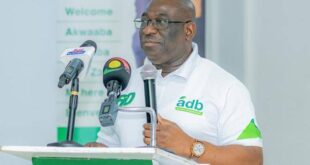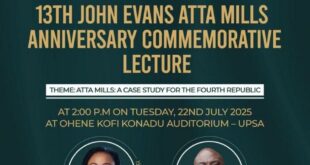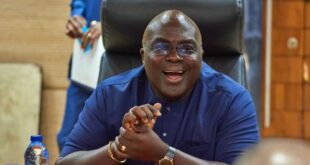On June 16 each year, Youth Day is celebrated nationally in South Africa to commemorate the Soweto Uprising, or the “16 June” events, which took place on this day in 1976. Thousands of Sowetan students protested the introduction of Afrikaans (the language of their oppressors) as a language next to English but other factors were at play as well.
As they protested, the police opened fire on them. 12-year-old student Hector Pietersen has been considered by most accounts to be the first casualty of the uprising. The photo of Pietersen’s lifeless body being carried by 18-year-old Mbuyisa Makhubo is one of the most iconic and troubling images to emerge from the uprising. But the photo taken by photojournalist Sam Nzima helped galvanize the world against apartheid, eventually collapsing the repressive regime.
At least 176 Black students, including Pieterson, lost their lives during the uprising and on June 16 each year, South Africans pay tribute to them, recognizing the role that they played in the liberation of the country from the apartheid regime.
The Soweto Uprising
Historians note that the Bantu Education Act of 1953 and its introduction by the Apartheid-led government was another factor that led to the protests on this day in 1976. For decades, Black South Africans lived under the segregated rule and endured racism that was politically ordained by the ruling party.
Then in January 1954, the Bantu Education Act was introduced, making it compulsory for Black children to attend government schools and learn subjects that agreed with the apartheid regime in English and Afrikaans.
Then came the mandatory placement of Afrikaans in schools in 1974. Afrikaans is not only the language of their colonial oppressors but it also evolved from the Dutch spoken by South Africa’s first European settlers. 15-year-old Antoinette Sithole would have none of that.
“Obviously physical science on its own is very difficult,” Sithole recalled to Time in 2016. “The very same subject that you are struggling with in English, we are going to do them in Afrikaans? This doesn’t make sense.”
Sithole and some 20,000 other students from high schools in Soweto decided to organize a protest. “We were a little bit scared, you know, but we felt free already. It was like, ‘Now we are taking the streets of Soweto with a message.’”
The evening before the protest, Sithole ironed her school uniform and placed placards in her school bag. While doing so, her younger brother Pieterson watched. Born in 1963, he was young and was not supposed to be at the protest but he ended up there.
On June 16, 1976, around 10,000 to 20,000 students left their schools and marched, sang and waved placards with the help of the Soweto Students Representative Council’s Action Committee and Black Consciousnesses Movement (BCM) groups to protest the language inclusion that was months in the making. The marchers were planning to rally at Orlando Stadium at the end of their path.
Along the way, they were confronted by police who fired tear gas and then gunfire at the students. The police were heavily armed and let loose attack dogs on the crowd that the students stoned to death.
As the protest march became violent and sparked a riot, Black schoolchild Pieterson was fatally shot by the police. A postmortem revealed that Pieterson was killed by a shot fired directly at him and not by a bullet “ricocheting off the ground” as the police claimed, South African History Online reported.
Another boy, Hastings Ndlovu, is believed to have been shot first, but he died later. Pieterson is mostly remembered because of the photograph taken by photojournalist Nzima, which caused anger all over the world. 42-year-old Nzima worked with The World newspaper, written by Blacks, for Blacks.
“I saw a child fall down. Under a shower of bullets, I rushed forward and went for the picture. It had been a peaceful march, the children were told to disperse, and they started singing Nkosi Sikelele. The police were ordered to shoot,” Nzima recounted.
Pieterson became the iconic image of the uprising and the symbol of the event. The picture, depicting Pieterson’s lifeless body being carried through the Soweto streets, received international attention and caused the governments of many other countries to condemn the South African government because of the shootings.
The incident in Soweto also gained the support of Whites in Johannesburg, who marched in protest of the police slaying unarmed children. Black South Africans joined with the Whites in a joint march. By year’s end, it was said that over 600 people had died.
The uprising would spark the rise of the African National Congress (ANC) and other anti-apartheid groups in the nation. The international community criticized the South African government’s attacks on the children and called for sanctions against the country, eventually bringing an end to apartheid.
In the 1990s, a memorial to Pieterson was erected in Orlando, Soweto, two blocks from where Hector was shot and fell. The Hector Pieterson Museum was opened on June 16, 2002, behind the memorial site.
Sithole was broken by her brother’s death, but she told the Time that his now-iconic photo helped strengthen the black liberation movement. “We never thought that would be the turning point. The protest was about Afrikaans in school. But it raised eyebrows for other countries that this is not right. How can kids be killed for claiming their rights?”
Source: face2faceafrica.com
 Home Of Ghana News Ghana News, Entertainment And More
Home Of Ghana News Ghana News, Entertainment And More





